
Mouse
Mouse
Mouse
Mouse are familiar creatures, yet their lives remain surprisingly mysterious. What kind of lives do these creatures lead, scurrying around our houses, sheds, and sometimes even our kitchens? In this exploration, we delve into the hidden world of mouse, aiming to understand their fascinating ecology and discover ways to coexist harmoniously.
Mouse Basic Infomation
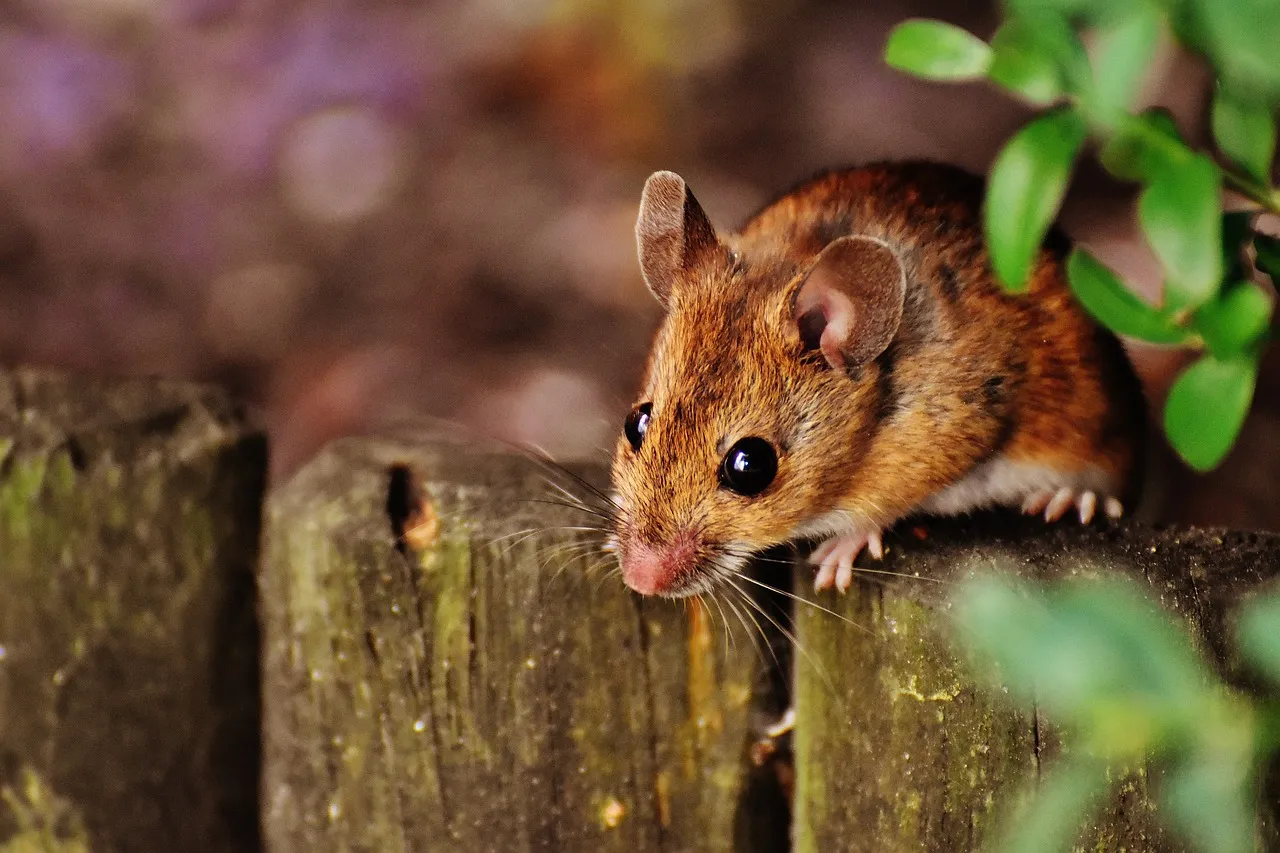
| Property | Value |
|---|---|
| Scientific Name | Mus musculus |
| Taxonomic Status | ACCEPTED |
| Rank | SPECIES |
| Vernacular Names | House Mouse |
| Kingdom | Animalia |
| Phylum | Chordata |
| Class | Mammalia |
| Order | Rodentia |
| Family | Muridae |
| Genus | Mus |
| Habitats | Urban areas, rural areas, forests |
| Conservation Status | Least Concern |
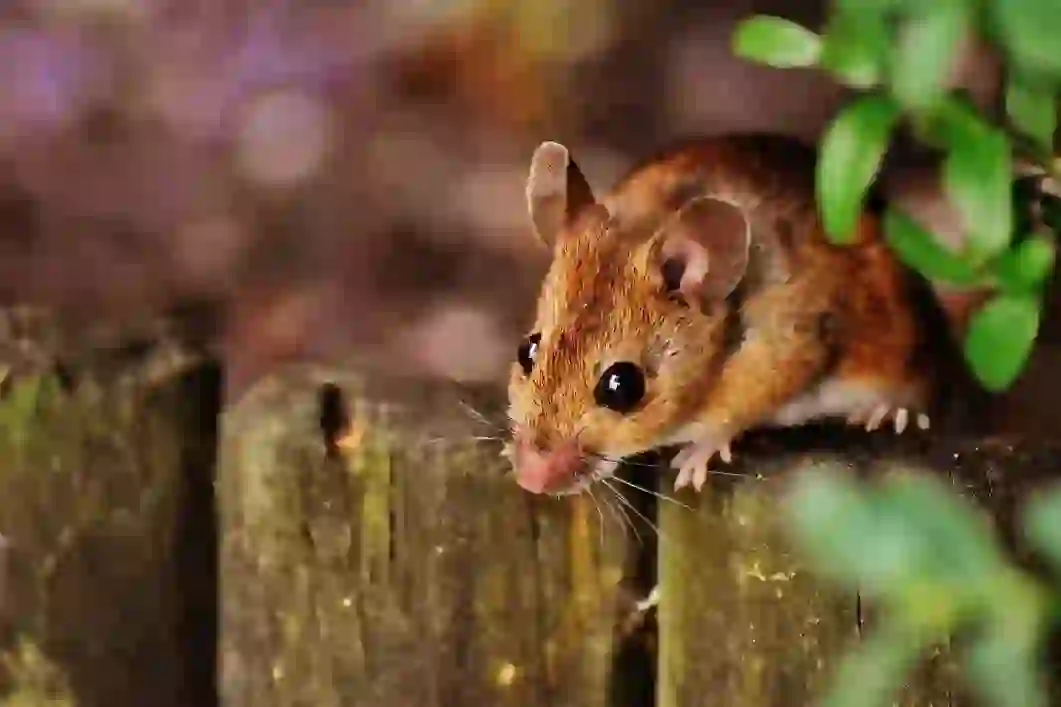
Size
Mouse size varies depending on the species, but the house mouse typically measures about 6 to 10 centimeters in body length and weighs 20 to 40 grams. Brown rats and black rats are larger than house mouse, with body lengths reaching 20 to 30 centimeters and weights up to 300 to 500 grams.

Lifespan
In the wild, mouse typically live for 1 to 2 years, but in captivity, they can live up to 3 years. This is likely due to the reduced risks of predators and food scarcity in a controlled environment.
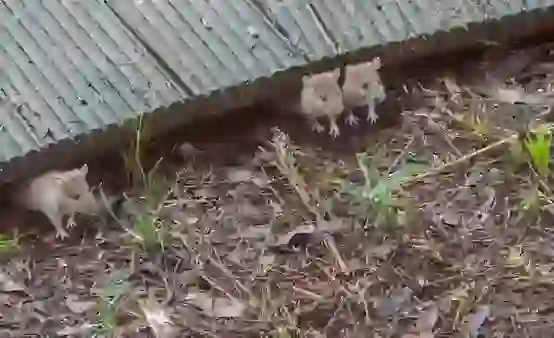
Distribution
Mouse are found all over the world, inhabiting every continent except Antarctica. They have adapted to a wide range of environments. Several species of mouse live in Japan, including the house mouse, brown rat, and black rat.
Mouse Q&A

What are the different types of mouse?
There are approximately 1,300 species of mouse worldwide. Common mouse found in Japan include the house mouse, brown rat, and black rat.
House mouse often inhabit houses, while brown rats prefer waterside environments like sewers and drains. Black rats are skilled climbers and often build nests in attics and ceilings.

What do mouse eat?
Mouse are omnivores, consuming a variety of foods including plant seeds, fruits, insects, and human food scraps.
Brown rats have a particular fondness for meat and fish, while black rats tend to prefer fruits and nuts. When food is scarce, they may resort to cannibalism.

How quickly do mouse reproduce?
Mouse are known for their remarkably high reproductive rate.
House mouse can give birth to 5 to 10 pups in a single litter and can have 5 to 6 litters per year. This means that just a few mouse can quickly multiply into a large population.
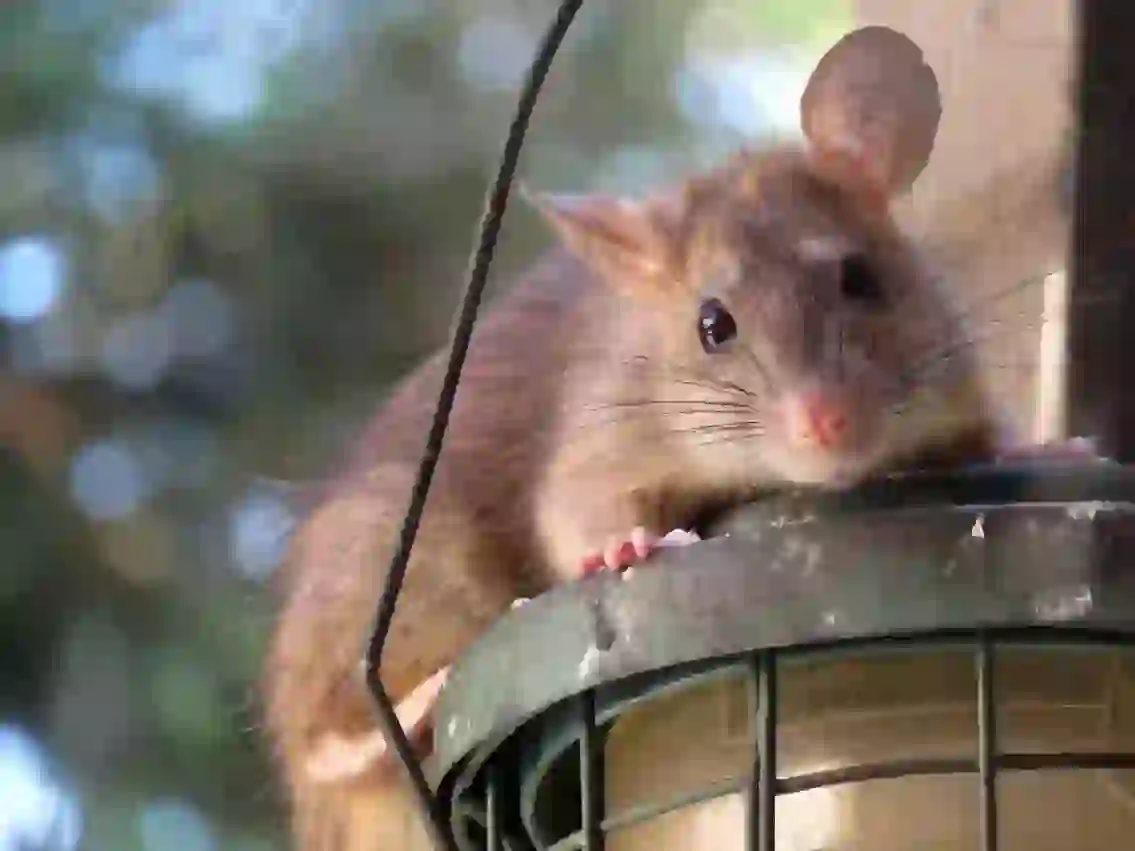
Where do mouse live?
Mouse build nests in various locations. Inside houses, they often nest in wall cavities, under floors, and in attics. Outdoors, they may dig burrows in the ground or utilize tree hollows and rock crevices.
Mouse are constantly seeking safe havens and may not stay in one nest for long. They often move between multiple nests throughout their lives.

Are mouse pests or beneficial creatures to humans?
Mouse have both harmful and beneficial aspects for humans.
On the harmful side, they can steal food, damage property, and transmit diseases. Diseases spread by mouse include salmonellosis, leptospirosis, and even plague.
On the beneficial side, mouse play a crucial role in medical and biological research as laboratory animals. Some mouse are also kept as pets.
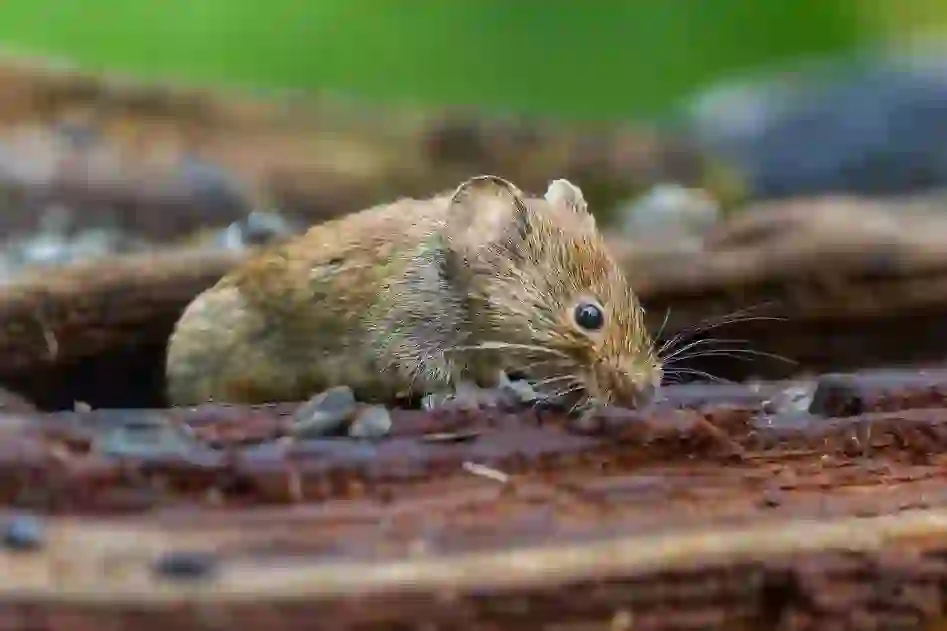
How can mouse be controlled?
Mouse control methods include physical traps like glue boards and snap traps, as well as chemical methods like rodenticides.
When implementing control measures, it's important to consider the type of mouse, its habitat, and the extent of the infestation. Preventive measures are also crucial, such as sealing cracks and crevices in buildings and avoiding leaving food out in the open.
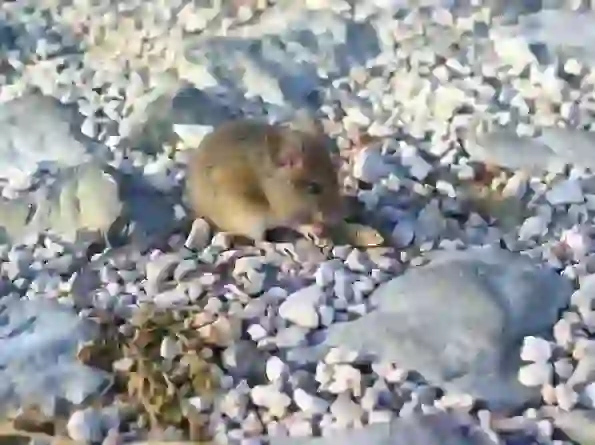
[Quiz!] Do you know how many types of mouse there are?
Believe it or not, there are approximately 1,300 species of mouse worldwide! In Japan, there are about 20 different species of mouse, including the house mouse, brown rat, and black rat. Each species has unique characteristics and habits, making them incredibly fascinating creatures!

[Quiz!] Is it true that mouse eat anything?
Mouse are omnivores and eat a variety of foods, including plant seeds, fruits, and insects. Even human food scraps are a feast for them! So, is it true that mouse eat anything? ...Yes, it is! However, their preferences vary depending on the species. For example, brown rats prefer meat and fish, while black rats tend to favor fruits and nuts.

[Quiz!] How many offspring can a mouse have at once?
Mouse have an incredible ability to reproduce. In the case of house mouse, they can give birth to a surprising 5 to 10 pups in a single litter! Furthermore, they are said to give birth 5 to 6 times a year, making their reproductive capacity truly remarkable!

Would you like to become a part of the 'Animalbook.jp'?
Turn your knowledge into Q&A and share it with the world. ※Publication will be activated after purchase. Let's share information together!
Mouse Type of List

Types of mouse Found in Japan
- House Mouse
- Brown Rat
- Black Rat
- Japanese Field Mouse
- Small Japanese Field Mouse
- Harvest Mouse
Information
Congratulations! You are the first commenter!

Create Your Favorite List!
Mouse
Save the animals you love! Build your own list to quickly revisit your favorites later.

Would you like to leave a comment?
※Please note: This is for the purchase of rights to post comments within the article.
Find Your Favorites!
Our shop offers a unique and attractive selection of goods themed around various animals.
Mouse References
Mouse Introduction of media used

Help Enrich Our Animalbook.jp with Your Media!
We are constantly looking to expand and enrich our Animalbook.jp with amazing photos and videos of animals. If you have any media that you'd like to share, please contribute and help us showcase the beauty and diversity of the animal kingdom. Your submissions will be credited and featured in our encyclopedia, reaching a wide audience of animal lovers.


















